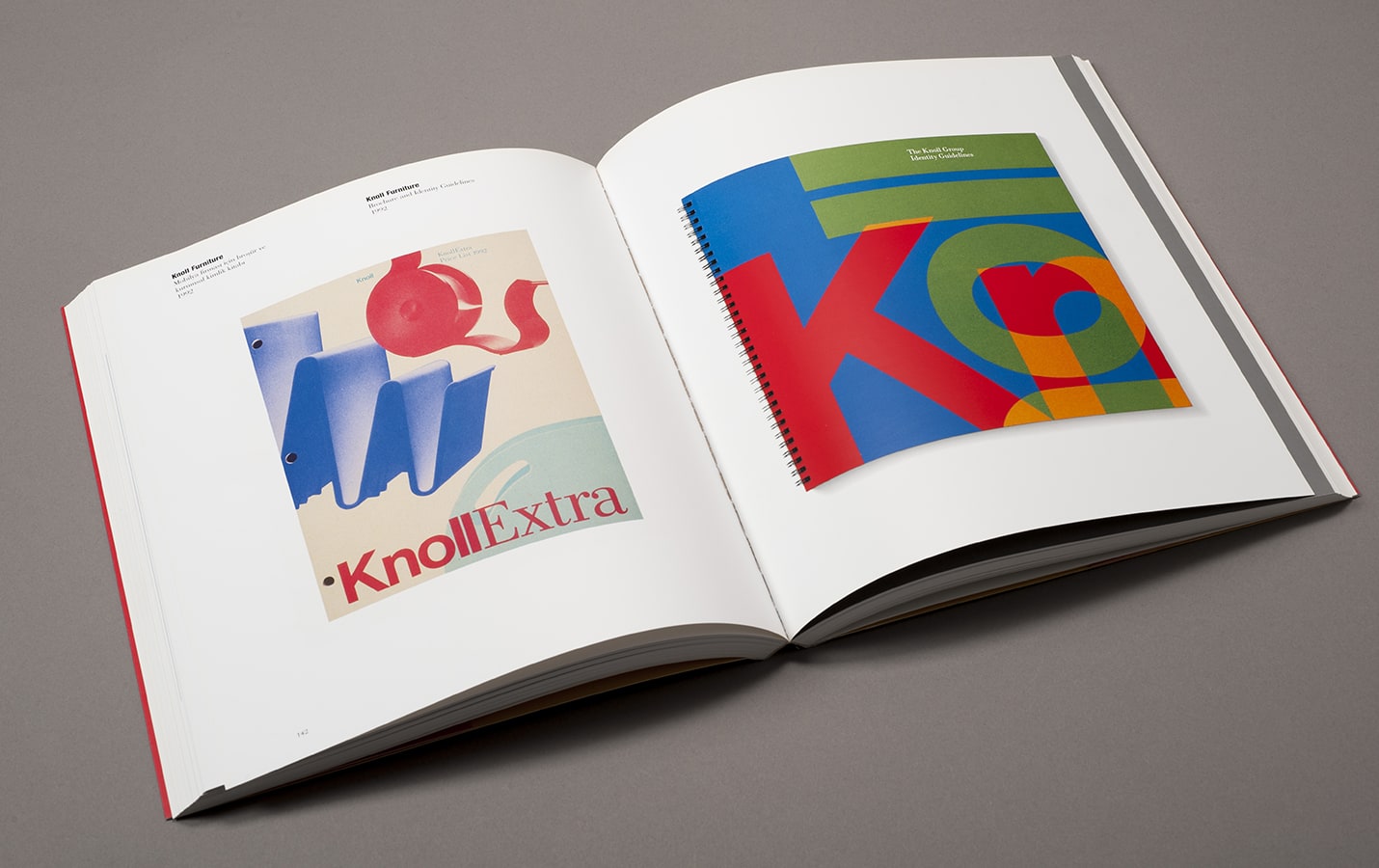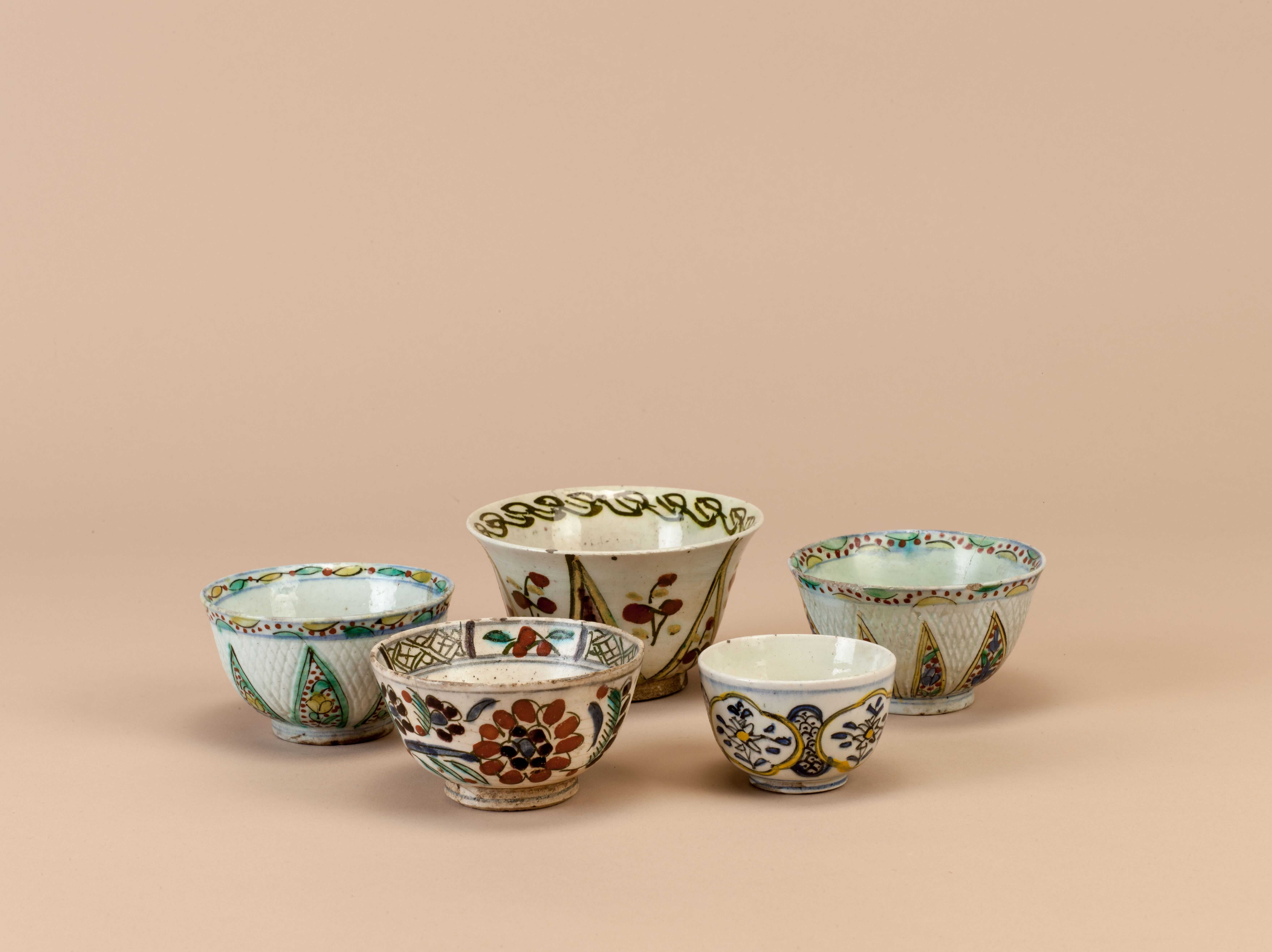January 24 - March 25, 2007
In 2007, the galleries of Pera Museum welcomed the work of the remarkable artist, Ivan Chermayeff. From the mid-1950s until the end of his life in December 2017, Chermayeff practiced as a graphic designer, in New York with his partner Tom Geismar. His collages, which he produced for over forty years, utilizing the everyday ephemera collected in different parts of the world where he had worked and traveled, have been exhibited and published in the United States, Europe and Japan. He saved the envelopes received from friends and colleagues, who sent him abandoned gloves, discarded candy wrappers and other visual delights to add to those he had picked up on the streets of the world.
The exhibition, which introduced Chermayeff to the Turkish audience for the first time with his art, brought together nearly one hundred works produced by the artist between 1998-2005.
Exhibition Catalogue

From the mid-1950s until the end of his life in December 2017, Chermayeff practiced as a graphic designer, in New York with his partner Tom Geismar. He produced collages and assemblages for over...

Pera Museum presents an exhibition of French artist Félix Ziem, one of the most original landscape painters of the 19th century. The exhibition Wanderer on the Sea of Light presents Ziem as an artist who left his mark on 19th century painting and who is mostly known for his paintings of Istanbul and Venice, where the city and the sea are intertwined.

Our institutions have been stuck on linear Neo-Platonic tracks for 24 centuries. These antiquated processes of deduction have lost their authority. Just like art it has fallen off its pedestal. Legal, educational and constitutional systems rigidly subscribe to these; they are 100% text based.

Coffee was served with much splendor at the harems of the Ottoman palace and mansions. First, sweets (usually jam) was served on silverware, followed by coffee serving. The coffee jug would be placed in a sitil (brazier), which had three chains on its sides for carrying, had cinders in the middle, and was made of tombac, silver or brass. The sitil had a satin or silk cover embroidered with silver thread, tinsel, sequin or even pearls and diamonds.
Tuesday - Saturday 10:00 - 19:00
Friday 10:00 - 22:00
Sunday 12:00 - 18:00
The museum is closed on Mondays.
On Wednesdays, the students can
visit the museum free of admission.
Full ticket: 300 TL
Discounted: 150 TL
Groups: 200 TL (minimum 10 people)